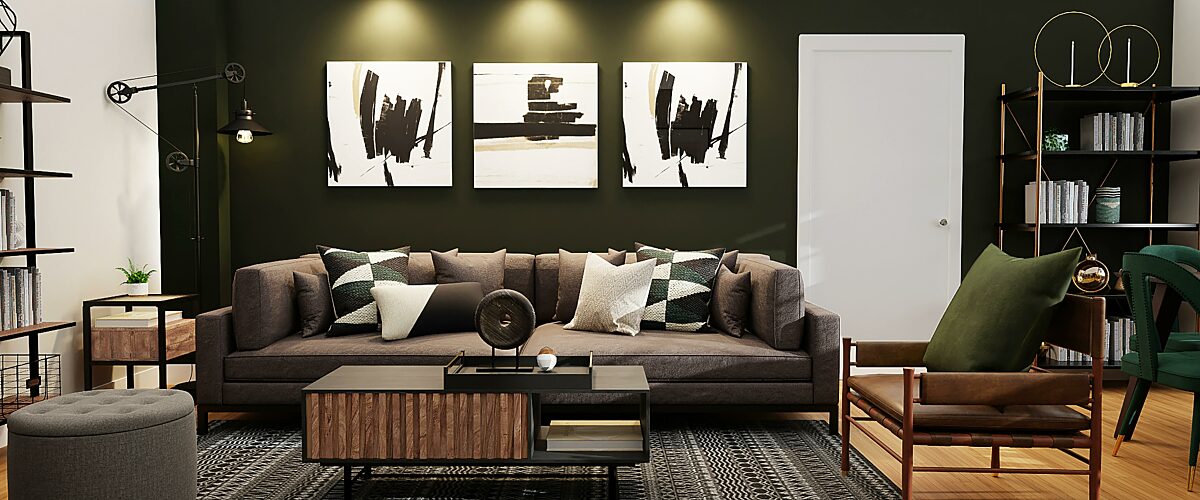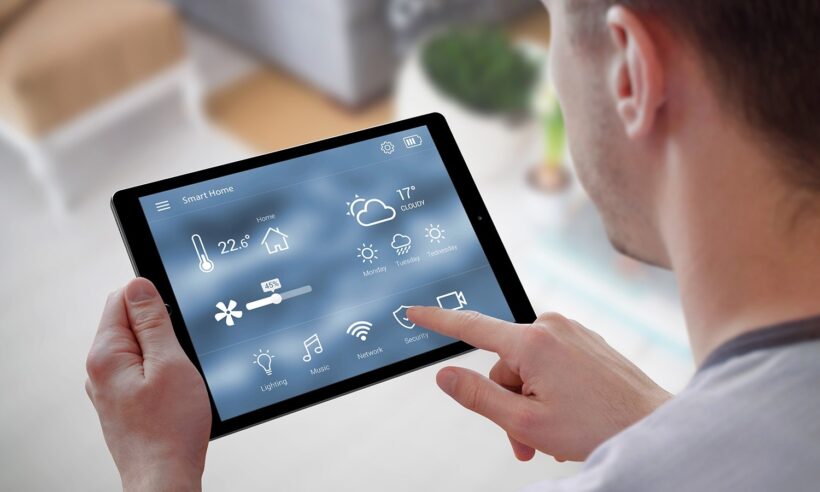
Is a DIY smart home an illusion?
DIY (or Do-It-Yourself) seems to be everywhere these days. Every one of us has once struggled with putting together a closet, hanging some lights or has at least crafted something on their own. So why not DIY your own smart home?
No doubt there are plenty of options for homeowners to get started on their home automation journey. But is DIY-ing really the best way to create your smart home, and can you even call it a true “smart home”? Let’s take a look.
Game plan
First things first: a plan. Depending on the size of your home and the complexity of it, you’ll have to make some decisions and an inventory. An inventory of what you’ll want to control, the smart devices that’ll complement your home and needs best, and how many of each of these devices you’ll need.
Not an easy task, especially when your knowledge purely relies on a Google search or a visit to your nearest specialty store. When working with a professional, you can rely on their expertise and experience in order to design a custom plan that matches all your needs, wishes and lifestyle.
KNX, for example, offers a handy smart home planner tool where you can create your individual smart home project. By answering some easy questions, you will receive a detailed report that you can use to easily explain to a certified KNX installer how your dream smart home looks like.

Keep control
Now in a DIY smart home, every installed device serves a purpose on its own. But most of the time these devices aren’t really connected to each other. Of course, each of these will have an app, so you can control them using your smartphone. But can you really call it a smart home if you can’t create scenes and automations because your devices can’t communicate with each other?
Not to think about the challenges you’ll face when some of these smart devices go obsolete and you’ll be left searching for devices that are compatible with your current smart home. When working with a more professional operating system, like KNX or Loxone, you’ll have your pick from an array of compatible solutions from different manufacturers.
These professional solutions are much more than just a collection of compatible devices. With a professional set-up, you’ll be able to control your entire smart home from one platform with an easy-to-use interface on your preferred device, like your smartphone, tablet or a mounted touchpad.
Wire or wireless
There is no denying that the simplicity of setting up your DIY smart home is one of its most attractive features. Hook your devices to your WiFi and you’re all set. But at the same time, your wireless network is also the most common problem for DIYers. Your smart devices use this network to communicate with each other, so a strong connection is key here.
But what if you don’t get a good connection in every room, or your network gets overloaded with too many devices? Your devices won’t be able to communicate, and your smart home will just be a home filled with fancy devices that you can’t operate.
When working with an automation professional, they can recommend the best way to strengthen your network using the right boosters, or even advise you to get a wired system like KNX. That way, you’ll never have to worry about your WiFi going down and your devices becoming useless.
When in trouble
Imagine this, you’ve created your own smart home all by yourself. You’ve selected devices that best match your automation needs and wishes, you’ve set them up without any issues and you even managed to hook them all up to your preferred control system.
But devices need updates, new software is always on the rise and, just like your computer and smartphone do, smart devices can just wear out and break. A smart home requires a lot of maintenance, and when something goes wrong, you have to handle the source of the issues or your whole smart home will suffer.
If you choose to work with a certified professional, you’ll be able to depend on them and their expertise for updates, maintenance, troubleshooting and any other support you might need to keep your smart home up and running.
So depending on your own needs, budget and skills, you can choose to go completely DIY or to call in the professionals for planning, installation or support. Both options have their strengths and weaknesses, and what matters most is that your smart home fulfills your smart home dreams.


